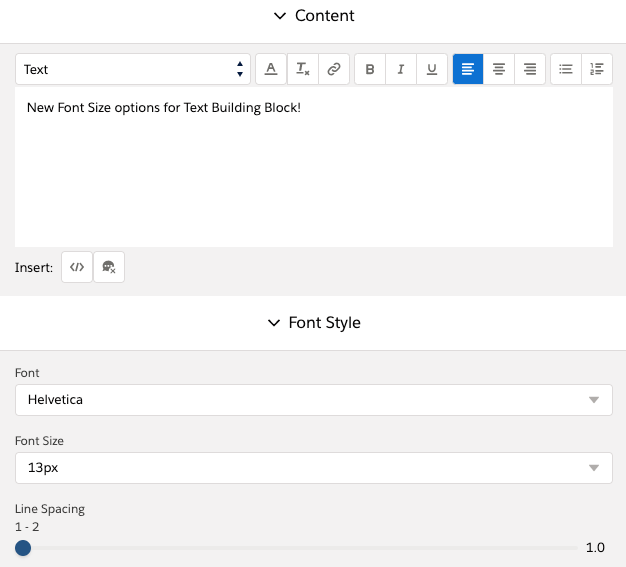
Below is the design of the basic email template. This API wrapper comes with Mustache Engine. It has its own syntax that can be later rendered using their apps, online editor or their API. MJML makes it possible to code responsive emails twice as fast for the most popular email. In case you dont know what MJML.io is, it is a language that helps building mails easier and faster without messing up with inline HTML. MJML is now integrated into our online tool, Email Editor. This lets you simultaneously run grapesjs-mjml and grapesjs from source. Alternatively, you can clone the grapesjs repository in a different directory, npm link it and use that as the grapesjs dependency. You can download the template from my github repo click here. Laravel MJML is a simple API wrapper for the MJML.io Render API. MJML components are rendered in real-time using the official compiler, therefore the result is, almost, the same as using the MJML Live Editor. I have develop a basic template for the readers of this post to give your email project a kick start and to understand the basic structure of MJML email template. Hello World! Developing a basic email template allows you to add text in your mjml email template. We can display a responsive image in emails by using tag it is similar to HTML tag. helps you to manage the content horizontally in your email.

#Mjml online editor how to
Sugested way how to do this set attribute. In the below mentioned code snippet we divided the email template into 6 sections. I have grapesjs editor with mjml plugin and I decided to mark some components as not removable to protect users from remove critical parts of email template. helps us to divide the email template into different section. You can also watch a file to automatically update the output file (index.html) on any changes: mjml -watch index.mjml -o index.html. Getting up and running is pretty quick if you have HTML and CSS experience, and their try it live feature. This will output the compiled HTML to stdout. Documentation and community support are amazing. In the remainder of this post, we’ll demonstrate how to. Alternatively, you can use an online editor. This can be done in the online editor (see the callout above) by clicking at view HTML.
#Mjml online editor install
One, if you have a code editor on your computer like Visual Studio Code or Atom, you can install it onto your machine (please see the instructions here). MJML is a framework for developing responsive email templates.


All the email components should be included inside MJML Sections Once installed, you can run the engine from the command-line: mjml -r index.mjml. There are two ways to use MJML to make your own custom content blocks in Marketing Cloud.


 0 kommentar(er)
0 kommentar(er)
